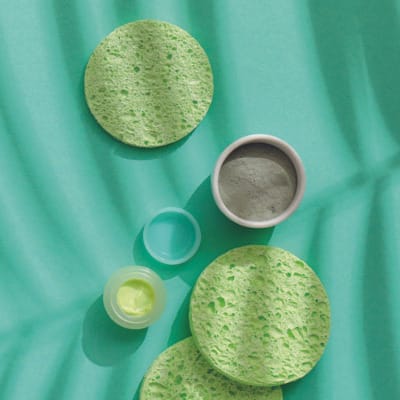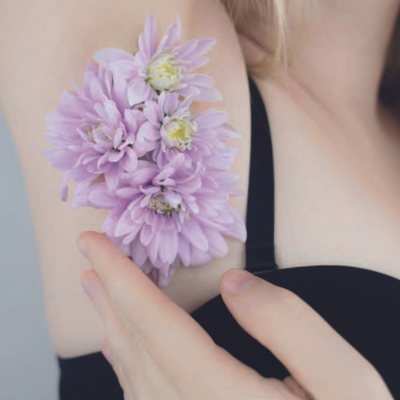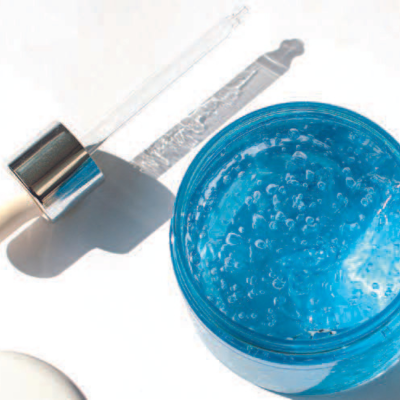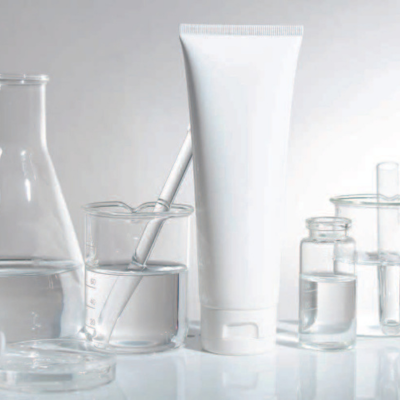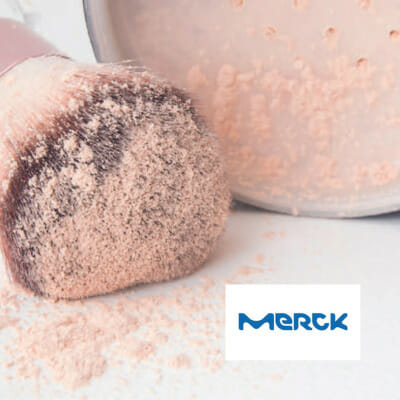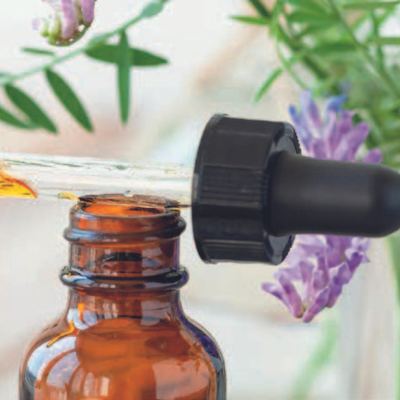According to the European Chemical Agency (ECHA), over 42 kilotons of microplastics end up in the environment each year. Although the environmental harm inflicted by microplastics has been questioned in recent years, there is clear evidence that they accumulate in aquatic life and end up in food and drinking water.
As the world was enjoying the Christmas season last year, the US Congress quietly passed the Modernization of Cosmetics Regulation Act of 2022 (MoCRA), its first major update to the US cosmetics regulations in nearly a century.
During the pandemic, our homes became even more important, acting as a sanctuary and retreat, a hotspot for all kinds of activities ranging from work to exercise. They became the epicentre of our personal well-being. “My Healthy Home” by Düllberg Konzentra offers ideas and fragrance concepts that plug into this trend.
Water is key for healthy skin. It supports proper skin metabolism and maintains tissue elasticity and suppleness, and proper skin barrier functions. In fact, our skin is comprised of 70% water, so it’s no wonder that moisturization and hydration are some of the most established claims for recent product launches in beauty and personal care1.
The global deodorants and fragrances industry is experiencing a significant surge, with consumer preferences shifting towards personal care products that promote hygiene and well-being. In this fast-evolving landscape, several key players are making headlines with their innovative product launches and market advancements.
Coral reefs, often called the “rainforests of the sea”, are some of the most diverse and valuable ecosystems on Earth. However, they are threatened by various sources, including climate change, and pollution. One less known but significant threat comes from an unexpected source: cosmetics.
What is this multi-faceted active ingredient we talk so much about for the skin’s youthful appearance? This natural element of the epidermis sees its stock gradually diminish over time, reaching only 50% of its capital at the age of 50, causing premature ageing of the skin.
Who does not wish to look beautiful? Beauty covers numerous aspects of skincare, hair care, face care, body care, and so on. Are you having concerns related to your skin, face, hair, or body lately?
Data from China’s National Bureau of Statistics shows that the population of children under 14 in China exceeds 253 million, accounting for 17.95% of the country’s total population. This substantial number of children creates significant demand for children cosmetics, driving continuous growth in the children cosmetics market.
The idea of “clean beauty” has swept across the cosmetics market, establishing a new paradigm. Messages like “free of harmful ingredients” seems to be now the standard. The focus is entirely on avoiding “suspicious ingredients” when developing cosmetic formulations, and “free-from” claims are commonplace in advertising and on product packaging.
As far as cosmetic regulatory guideline is concern, there is no clear FDA guideline for natural cosmetics but every country has their own standard for the natural cosmetics. In natural cosmetics includes Ayurvedic Cosmetics, Herbal Cosmetics, Ecocert Cosmetics, Organic Cosmetics, etc …
Alpha Hydroxy Acids (AHAs) are organic acids with one or more hydroxyl groups attached directly to the carbon chain at the α-position. AHAs occur naturally in fruits hence popularly known as fruit acids and are also produced synthetically.


